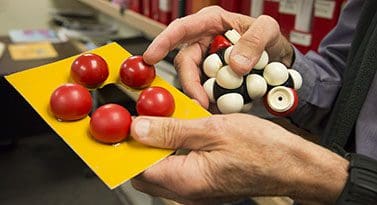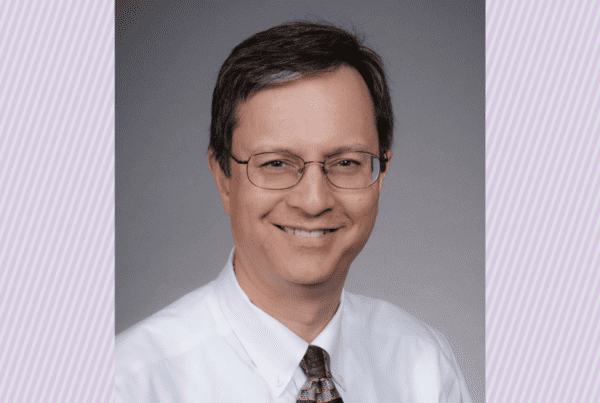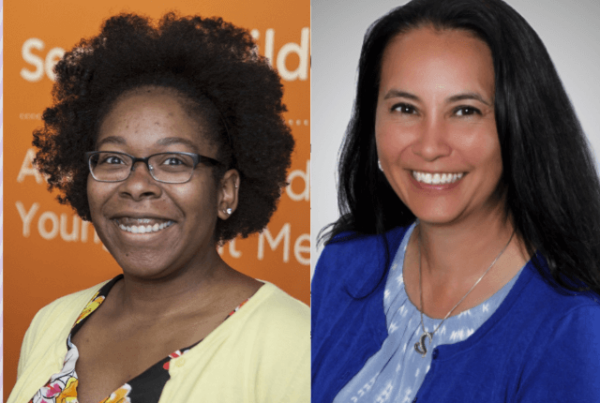When medical students in Portugal invited Bertil Hille to give the keynote speech at their annual conference in October, they could not have picked a better person to deliver an inspirational talk on the conference theme: “Future doctors can make all the difference.”
Hille’s scientific investigations and curiosity have led to major advances in understanding humans as electrical beings. He proved the concept of ion channels (see endnote) and wrote the classical textbook “Ion Channels and Excitable Membranes.” First published in 1984 and now in its third edition, it has been described as “the scholarly bible of ion channels and one of the more cited publications in scientific literature.”
Hille recently celebrated his 50th anniversary at UW Medicine. He joined the Department of Physiology and Biophysics in 1968 and was named the Wayne E. Crill Endowed Professor in 2005. He is a member of the U.S. National Academy of Sciences and the National Academy of Medicine. He shared the Albert Lasker Award for Basic Medical Research in 1999 and the Gairdner International Award in 2001.
Part of a dual academic career family, Hille met his wife while they were graduate students at Rockefeller University. Merrill Hille joined the UW Department of Biology faculty in 1976 and is now professor emerita. Her field of interest is cell and developmental biology.
When you were offered a faculty position at the University of Washington, one of your mentors responded: “You’re not going to that intellectual desert.” Why did you ignore his advice?
In 1967, I received a postdoctoral fellowship to do research in Cambridge, England. I wanted to have a job to come back to and visited a number of universities, including several on a West Coast tour.
The UW stood out because there were already excellent membrane biophysicists here. There was also a remarkable amount of computer savvy. I needed a computer that could convert my electrical experiments online into digital information. This was very rare at the time, but there was the perfect computer resource here that I could use.
So, my mentor was wrong. For 50 years, I’ve had great support from my chairs, deans and colleagues. Because of them, I had no reason to consider job offers from other institutions. Everything has been wonderful.
What led to your interest in ion channels?
I was interested in the molecular basis of cellular electricity. Already as a graduate student, I knew that electricity is how we send messages, and I wanted to understand the mechanisms that made this possible.
When I started, people knew that potassium ions would go through the cell membrane when you changed the membrane potential (the difference in electric potential between the interior and the exterior of a biological cell). They did not know what was in the membrane to make this possible.
I had the idea that there were pores in the membrane that water and ions could go through. At the time, only Clay Armstrong, who was doing postdoctoral work at the National Institutes of Health, shared this view. The rest of the scientific community thought that our idea was absurd.
Working separately, Clay and I were able to show that there had to be separate channels because the flow of potassium and sodium ions through the cell membrane was blocked by different drugs and the selectivity mechanism for these ions discriminated them on the basis of their sizes — like a sieve. We also showed that these channels have gates that can be opened and closed by changing the voltage across the membrane.

What were your goals in writing your textbook?
After working on ion channels for about 20 years, I realized that our papers were unintelligible to biologists outside the field because we were writing about electrical currents. I wanted to make our discoveries accessible to biologists, biochemists, geneticists, structural biologists and evolutionary biologists who were needed to advance the field.
The textbook was an invitation to join us, and they did. For example, when I started my work, I could read seven related papers. Today, there are about 250,000 papers. I am amazed!
What are you working on now?
After completing the book, it was time to move on to a new area. Once again, the right person was here at UW. Neil Nathanson in pharmacology introduced me to the G protein-coupled receptor field, which was still in its infancy. After some initial collaborations, Neil’s research shifted to other receptors, but this has been the focus of my lab and students ever since.
We are now cell biologists. Each cell in the body has about 50 G protein-coupled receptors that respond to 50 different messages, and there are about 1,000 G protein-coupled receptors in total. They are involved in many biochemical reactions caused by hormones and neurotransmitters.
For instance, G protein-coupled receptor systems are involved when adrenaline makes our heart beat faster or when the sound of clapping hands snaps us to attention. Drugs that make us more alert or lethargic act on G protein-coupled receptors, including drugs that can be abused such as cocaine, heroin and LSD.
Two discoveries excite me the most: We found that some ion channels are directly controlled by the receptor-activated G proteins. And we learned that some ion channels are fully dependent on a rare cell membrane lipid that G protein-coupled receptors regulate.
What have been the clinical applications of your research?
While I never set out to find treatments for diseases, the NIH grant system, which has funded my research for 50 years, does look for clinical applications. In this sense, we can say that our research relates to psychiatry and drug addiction. The treatments for Parkinson’s disease, depression and schizophrenia are all directed at G protein-coupled receptor signaling.
My early work on ion channels also made it possible to understand the mechanisms by which certain drugs worked as local anesthetics and others as treatments for epileptic seizures and heart arrhythmias.
What might surprise people about your scientific career?
Many people are surprised to find out that more than half of my work has been writing. As scientists, we need to make complicated ideas understandable to various audiences.
In addition to my textbook, I have contributed to more than 200 papers and books. Writing persuasive grant applications is necessary for research funding, and I enjoy recognizing my colleagues by nominating them for prestigious awards.
I also love teaching. I have taught thousands of students, and recently I have created the physiology curriculum for the new WWAMI program. I believe that teaching is a form of entertainment. People always remember my Halloween lectures when I wear a witch’s hat!
What’s next?
I am 78 years old, and I don’t expect to renew my research grants when they finish in two years. That will be a transition, since I have trained more than 70 postdoctoral fellows and am proud that they have gone on to be successful as department chairs, directors and researchers.
I will continue to write, especially to help junior faculty colleagues advance their careers. I also hope to catch up on the many scientific journals that I do not currently have time to read.
Merrill and I like to travel. We have already been to some exotic places such as Madagascar, Galapagos Islands and Antarctica.
After I gave my talk in Portugal, one of the students approached me. She said, “We have a similar conference for medical students in Bulgaria, and I want you to be the keynote speaker.”
So, our next destination could be Bulgaria.
Ion channel defined
“Ion channels are protein molecules in the cell membrane that provide a water-filled pathway for ions (the charged atoms that make up a salt) to pass across the membrane. These pores can open and close in response to stimuli and they are exquisitely selective for particular ions.
“We know of different channels that are selective for sodium, potassium, chloride, or calcium ions — and there are channels for water flow as well. Because ions carry a charge, the movement of, for example, sodium ions in a sodium channel is an electric current that changes the voltage across the membrane, generating the electrical signals of our nerves, heart and skeletal muscles.
“Channels also assist in salt uptake and excretion in the kidney and gut. Blocking ion channels with drugs can lead to anesthesia, correction of the heartbeat, lowering of blood pressure, and muscle paralysis for surgery. Ion channels are essential for all cellular life from bacteria to humans.” – Bertil Hille


